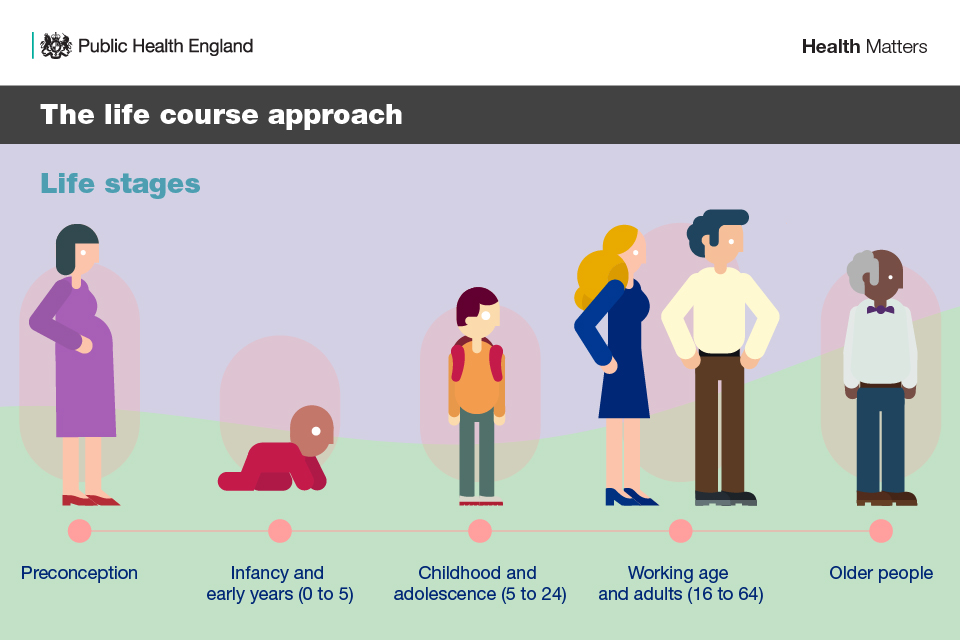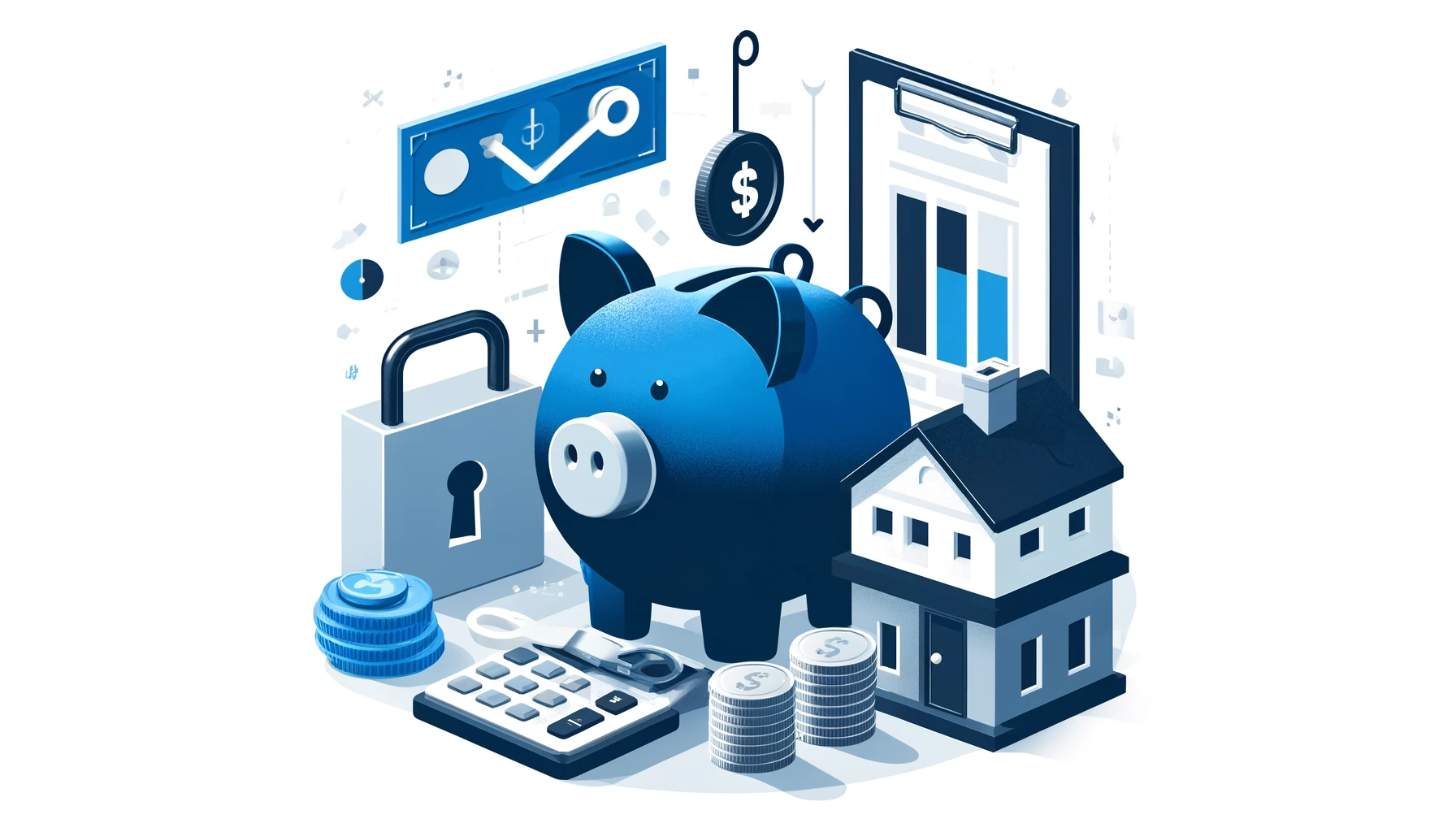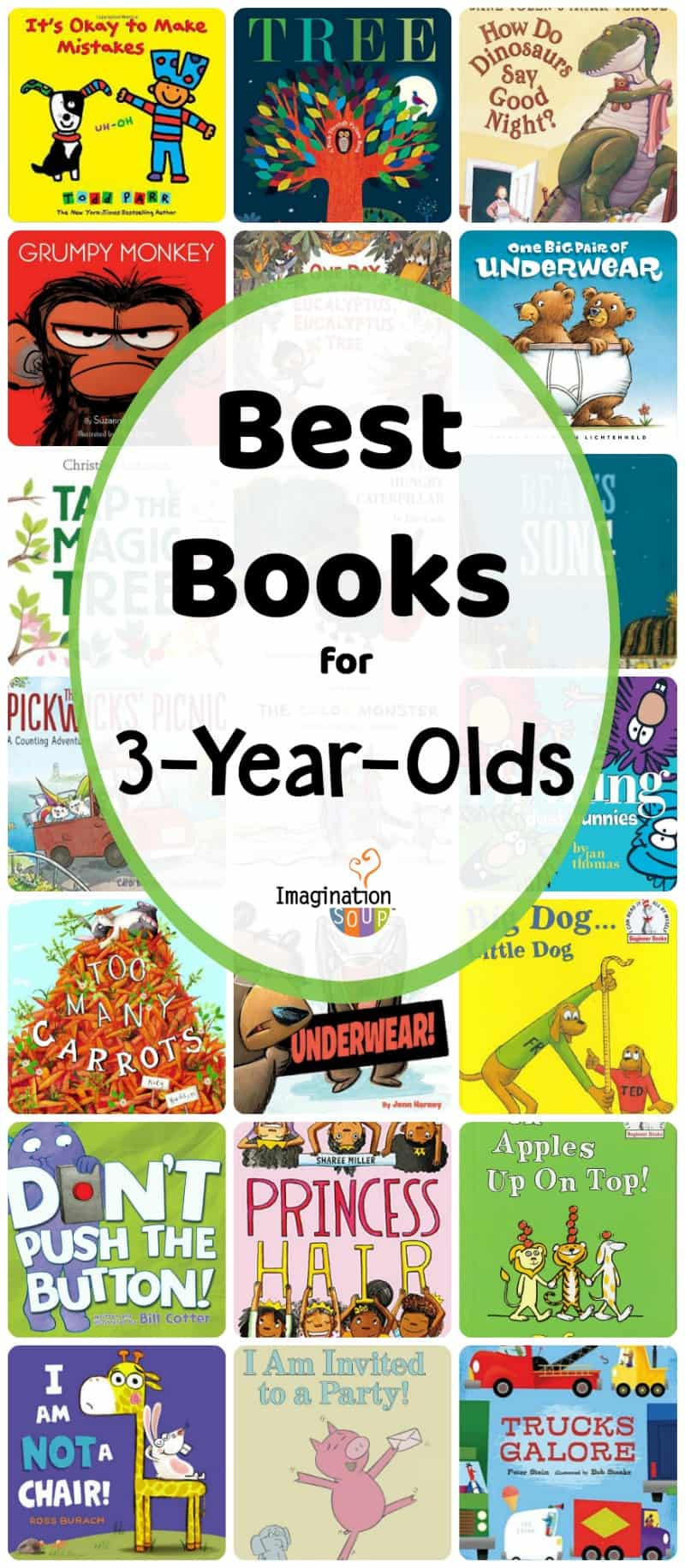The Good Life For You: A Personalized Approach

Table of Contents
Defining Your Version of The Good Life
Before embarking on the journey towards The Good Life, we must first understand what it looks like for you. This requires introspection and a willingness to honestly assess your values, goals, and capabilities.
Identifying Your Values: What Truly Matters?
What truly brings you joy and a sense of purpose? Exploring your core values—be it family, creativity, adventure, learning, financial security, or something else entirely—is the cornerstone of building a fulfilling life.
- Use a values clarification exercise: Take some time for quiet reflection. Write down 10 things that bring you genuine joy and satisfaction. Analyze these entries for recurring themes and patterns. These themes likely represent your most deeply held values.
- Create a vision board: Gather images, quotes, and objects that represent your values and aspirations. This visual representation can serve as a constant reminder of what truly matters.
Setting Meaningful Goals: Turning Values into Action
Once you've identified your core values, translate them into actionable goals. Use the SMART framework: Specific, Measurable, Achievable, Relevant, and Time-bound.
- Short-term goals (next month): These could include small, manageable steps like starting a new exercise routine or learning a new skill.
- Mid-term goals (next year): These might involve larger projects such as completing a course, saving a specific amount of money, or improving a relationship.
- Long-term goals (5-10 years): These represent your broader aspirations, like buying a house, starting a business, or achieving a career milestone. Visualizing your success in achieving these goals is a powerful motivational tool. Remember to consider personal, professional, and relationship goals for a holistic approach to your Good Life.
Understanding Your Strengths and Weaknesses: Playing to Your Advantages
Self-awareness is crucial. Knowing your strengths allows you to leverage your talents and maximize your potential, while acknowledging your weaknesses enables you to develop strategies for improvement and seek support where needed.
- Take a personality test: Tools like the Myers-Briggs Type Indicator (MBTI) can offer valuable insights into your personality traits and preferences.
- Identify your skills: Reflect on what you excel at, both personally and professionally. What activities come naturally to you? What feedback have you received from others?
- Seek feedback: Ask trusted friends, family members, or colleagues for honest feedback on your strengths and areas for growth.
- Develop a self-improvement plan: Create a plan outlining specific steps you can take to address your weaknesses and further develop your strengths. This plan should be integrated with your overall goals for The Good Life.
Cultivating Well-being and Happiness: The Foundation of a Fulfilling Life
The Good Life isn't solely about achievement; it's equally about well-being and happiness. Nurturing your physical, mental, and emotional health is paramount.
Prioritizing Physical Health: The Mind-Body Connection
Your physical health directly impacts your mental and emotional well-being. A healthy body contributes to a healthy mind.
- Regular exercise: Aim for at least 30 minutes of moderate-intensity exercise most days of the week.
- Nutritious diet: Focus on consuming whole, unprocessed foods. Limit sugar, processed foods, and unhealthy fats.
- Sufficient sleep: Aim for 7-9 hours of quality sleep per night.
- Stress management: Practice stress-reducing techniques such as meditation, yoga, deep breathing exercises, or spending time in nature. Regular health check-ups are also vital for maintaining good physical health.
Nurturing Mental and Emotional Well-being: A Positive Mindset
Cultivating a positive mindset is essential for happiness and overall well-being.
- Mindfulness practices: Engage in mindfulness meditation or other mindfulness exercises to increase self-awareness and reduce stress.
- Gratitude journaling: Regularly write down things you're grateful for to shift your focus towards the positive aspects of your life.
- Positive affirmations: Use positive affirmations to challenge negative thoughts and build self-confidence.
- Therapy or counseling: If you're struggling with mental health challenges, don't hesitate to seek professional help.
- Strong social connections: Nurture meaningful relationships with friends and family. Social support plays a crucial role in well-being.
Fostering Meaningful Relationships: The Power of Connection
Strong, supportive relationships are a cornerstone of a fulfilling life.
- Quality time: Prioritize spending quality time with loved ones, engaging in activities you enjoy together.
- Nurture friendships: Make an effort to maintain and strengthen your friendships.
- Effective communication: Practice open and honest communication in your relationships.
- Empathy and compassion: Show empathy and compassion towards others, fostering understanding and connection.
Creating a Sustainable Good Life: Long-Term Strategies for Fulfillment
Building a lasting Good Life requires sustainable practices across various aspects of your life.
Financial Wellness: Securing Your Future
Financial stability provides security and reduces stress, allowing you to focus on other aspects of your well-being.
- Budgeting: Create and stick to a budget to track your income and expenses.
- Saving and investing: Develop a plan for saving and investing to secure your financial future.
- Debt management: Develop a strategy for managing and reducing debt.
- Financial planning: Consult with a financial advisor to create a long-term financial plan.
Work-Life Balance: Avoiding Burnout
Maintaining a healthy work-life balance is crucial for preventing burnout and ensuring you have time for personal pursuits and relaxation.
- Setting boundaries: Learn to set clear boundaries between work and personal life.
- Time management: Utilize effective time management techniques to prioritize tasks and avoid feeling overwhelmed.
- Taking breaks: Regularly take breaks throughout the day to rest and recharge.
- Engaging in hobbies: Make time for activities you enjoy outside of work.
Continuous Self-Improvement: Embracing Lifelong Learning
Personal growth is an ongoing process. Continuously learning and developing new skills keeps you engaged and expands your horizons.
- Reading: Read books, articles, and other materials to broaden your knowledge and perspectives.
- Taking courses: Enroll in courses or workshops to learn new skills or deepen your understanding of existing ones.
- Seeking mentors: Seek guidance and support from mentors who can offer valuable insights and advice.
- Embracing new challenges: Step outside of your comfort zone and embrace new challenges to foster personal growth.
Conclusion: Your Journey to The Good Life Begins Now
Designing your personalized version of The Good Life is a journey, not a destination. By actively defining your values, setting meaningful goals, prioritizing well-being, and fostering sustainable habits, you can create a life rich in happiness, fulfillment, and purpose. Remember, this is your Good Life—customize it to reflect your unique aspirations and passions. Start today by identifying one small step you can take towards achieving your personalized Good Life. Begin your journey toward a more fulfilling life by exploring strategies for building a personalized path to The Good Life now!

Featured Posts
-
 Ivanisevic To Coach Tsitsipas Latest Tennis News And Updates
May 31, 2025
Ivanisevic To Coach Tsitsipas Latest Tennis News And Updates
May 31, 2025 -
 Unlocking Faster Homebuilding The Importance Of Provincial Action
May 31, 2025
Unlocking Faster Homebuilding The Importance Of Provincial Action
May 31, 2025 -
 Isabelle Autissier Et La Necessite D Une Action Collective Pour L Environnement
May 31, 2025
Isabelle Autissier Et La Necessite D Une Action Collective Pour L Environnement
May 31, 2025 -
 Sanofi Expands Immunology Pipeline With Acquisition Of Dren Bios Bispecific Antibody
May 31, 2025
Sanofi Expands Immunology Pipeline With Acquisition Of Dren Bios Bispecific Antibody
May 31, 2025 -
 30 Must Read Books For Summer Critics Picks
May 31, 2025
30 Must Read Books For Summer Critics Picks
May 31, 2025
